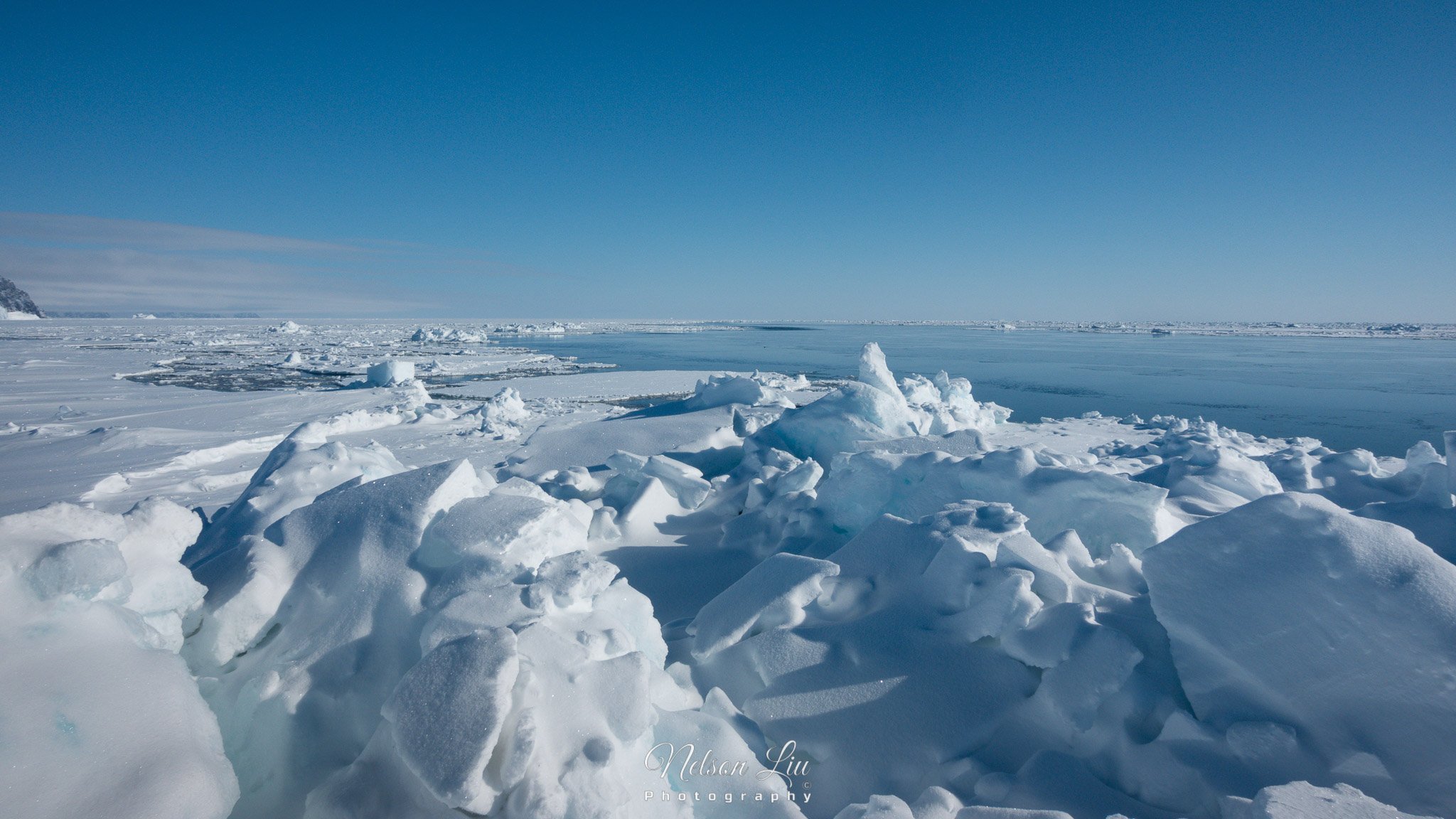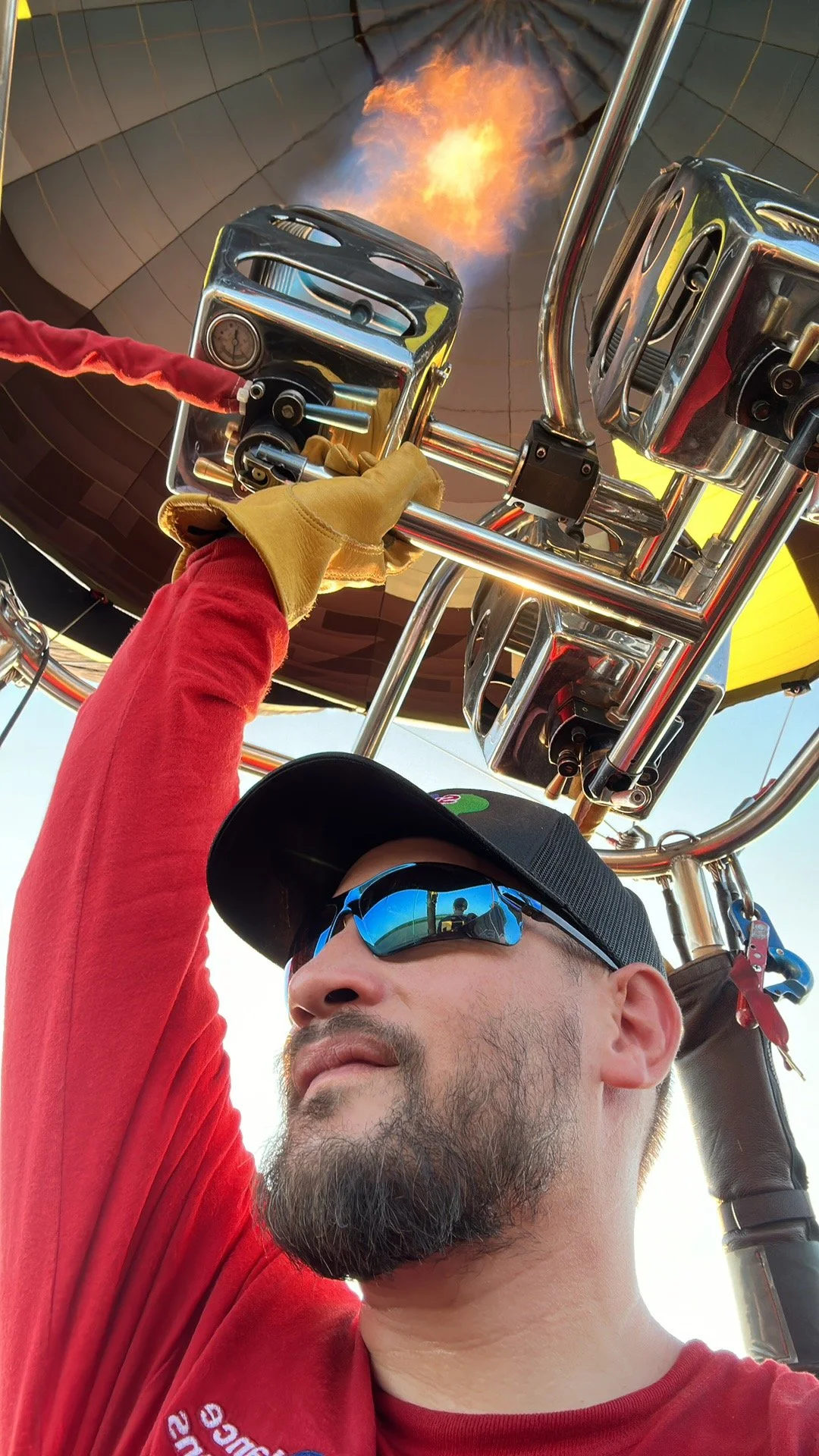
John’s Blog
Cruise ship or a tent ?
Cruise Ship or land based tour ? Well, if you like showers and big dining rooms, the choice is obvious. If you like the opportunity to live the arctic up close , then you camp in it .
Aurora Wildlife Safari
Thinking about a land based tour to the high arctic ?
Some of you might wonder why Baffin Safari is now promoting a remote charter fly in tour after years of servicing tours to Pond Inlet.
The answer is simple: It is a far better location for wildlife experience and a far better tour. How do we know ? Because we have been doing small group tours for many years and we have been looking, and experiencing, better locations.
Pond Inlet and Arctic Bay ( and many other hamlets in Nunavut ) are beautiful places. They are easily seen on internet searches. More remote places are not well known. You won’t find them searching the internet.
Baffin Safari believes it is time to go more remote. To get this going, we are offering our Baffin Island Aurora Wildlife Tour at an exceptional rate. The advantages are clear : Wildlife, charter fly in , and heated accommodations and game travel ( northern lights as well ! )
It’s time ……..
Northern Lights and Wildlife
While the floe edge near Inuit hamlets can be an exciting wildlife area, climate change is quickly making these venues challenging. Our Aurora tour improves on the wildlife opportunities, taking advantage of safer land based camping and marine wildlife in the many nearby polynya of Foxe Basin. With year round open water, march and april are best for bears, whales, caribou, walrus and more - not to mention dark hours of aurora lights.
2026 : a new and exciting year for Baffin Safari
seal hunt
For over a decade, Baffin Safari has been offering remote high arctic tours. Our tours are about to become even more remote, with the charter fly in Aurora Wildlife tour. This new tour is to enhance the wildlife opportunities , and overall high arctic exposure , while still lending itself to experiencing Inuit culture by spending time in Iqaluit - Nunavut’s capital.
Why bring a Drone?
Many of our clients use drones these days. They can sometimes capture wonderful images, however, in the high arctic drones are more difficult to use , for various reasons, and some knowledge of the potential problems is best understood prior to any trip. It is also important to know that we cannot operate drones near to the wildlife (a specific safe distance is mandatory), or close to Inuit hunters and other tour operations.
Floe Edge
Many people might wonder what floe edge looks like. Well, it looks different all the time - every month, day and hour during the floe edge season (and I will post many different floe edge pics for comparison). Sometimes “closed”, sometimes “open” . If you look at the drone pic carefully , you will see us set up beside the water near an open part of the floe edge, but it also shows the floe edge partially closed (by an iceberg) not far away from us. This closed area might effect some migrating whales from swimming past us and we would not know why, if it wasn’t for drones .
Photo Tours
Many of our clients are not aspiring pro photographers, however for those who would like professional advice, and specific to the arctic, we offer a special service on two of our tours that includes photography tips, aid, and instruction from either Jenny Wong or Nelson Liu - two exceptional photographers who work with Baffin Safari. Details on these tours coming soon .
New Team Member
There are many different kinds of people seeking adventure. Some people seek adventure on their own. In doing so, they look for information/advice. I have been super pleased to provide information and advice to many over the years. I was doing exactly that myself many years ago - and of course I'm still asking for information and advice from experienced travellers every year. For my arctic experiences, I would like to thank Georgie Snowboy, Levi Palituq, David Reid, Noah Ashevak, Jeremiah Awa, and many others.
Pictured here is Jack . I've known Jack for over 20 years. A great adventure guy. Jack will be joining the Baffin Safari team this coming 2024 season.
Ice
The pic for this blog is the cover for a book produced by Rolf, a wonderful Baffin Safari client from a few years ago.
It is a beautiful picture book, however, what first caught my attention was the title of the book ( most of the book is written in German ).
"Before it melts away "
No question, the earth is warming, and so is the arctic. Fortunately, for those of us who operate tours on Baffin Island, the north east Canadian high arctic has, in recent years, escaped drastic warming relative to most high arctic regions. But it is still warming.
Visitors who are new to the high arctic cannot always distinguish between seasonal ice and multi-year ice ( its not always easy for anyone ). Very thick seasonal ocean ice, which can be pushed up into massive chunks by wind, currents, and tides , can be confused with iceburgs. It is a dynamic place best understood by the Inuit who live there.
The Arctic year round ice sheet is shrinking, however annual ice in the arctic ( like many other places ) continues to form , and continues to be seasonally very thick ( a meter or more ). This seasonal ice is not going away ( although its seasonal lifespan may be slightly shortened over time ).
Warming has an impact on the Arctic , as it does everywhere. It impacts the people and the wildlife.
This is why the title caught my attention - the words have great meaning, however, that meaning can be interpreted differently by many.
Photos
Cold Weather Photography Tips
Prepared by Nelson Liu for Baffin Safari
Clothings
⦁ It doesn’t matter how warm your body is. If your feet are cold, you won’t last very long
in the field. Use a good pair of well-insulated and waterproof boots, as well as warm
socks.
⦁ You may not be able to feel the camera buttons when wearing winter gloves. Using a
base layer gloves with add-on mittens keeps you warm and gives you the flexibility to
take off one mitten to change camera settings if needed.
⦁ Avoid sweating at all costs. Dress in layers and have a base layer that is "moisture
wicking".
⦁ In the early season, skiing goggle and face cover would make travelling on qamutiik
through the sea ice more comfortable.
⦁ 24 hour sunlight in the high arctic means sunglasses and sun screen are essential.
Camera Equipment
⦁ Waterproof camera backpack can keep your gear clean and protected from the
elements.
⦁ If you have a backup camera body, consider going out with two cameras so you can
shoot at different focal lengths without having to switch lenses. Changing lenses can be
a real challenge in cold, wintery conditions. When you change lenses, you also risk
exposing your camera sensor to moisture.
⦁ Camera battery life can be severely affected by cold weather. This is especially true for
small size point-and-shoot type of cameras.
1. Bring many batteries and carry them close to your body to keep them warm.
2. Alternatively, use hand warmer to keep the batteries relatively warm.
3. Some folks use a rubber band to attach a hand warmer to their camera to keep the
battery compartment warm.
4. Put the depleted battery in a different pocket than the full batteries so you don’t
get confused.
5. Newer camera models support charging with portable USB battery. That can be an
alternate power source when all camera batteries are drained.
Operational Considerations
⦁ Be familiar with your camera before this tour. Bone-chilling temperatures are not ideal
for figuring out how to bring up your histogram, changing aperture or operating your
tripod especially when prime wildlife photography opportunity is in front of us. It’s all
about efficiency out there, and it really helps if you are familiar with your gear and can
operate it with gloves on.
⦁ When taking a shot, take care not to exhale near the lens, eye-piece or LCD screen.
Look away from the camera, or take a step back, before exhaling. Otherwise,
condensation will freeze to the surface of your lens instantly.
⦁ Since the snow can act as a giant reflector, there is a greater chance of stray light
reaching your lens and causing unwanted lens flare. Use a lens hood to prevent this.
⦁ Condensation problem:
1. When going between indoor and outdoor, the sudden temperature change can
cause condensation on the outside and inside of lenses and camera bodies. The key
is to keep your equipment covered and let it warm up or cool down slowly to
prevent moisture build up.
2. Here are some ways to keep your equipment covered:
i. Put them in a dry bag;
ii. Put them in a large ziplok bag and then in your backpack;
iii. Put them in your backpack and then put the backpack in a large trash bag;
iv. Put them in a camera backpack that has good insulation;
⦁ Bring one or more fully charged portable USB battery (10,000mAh recommended) so
that you will always be able to recharge your camera battery at anytime. Note that
while power generator is available to provide electricity, it won't be running while we
are on the go or during night time due to its noise.
⦁ Consider having a backup solution for your precise photos in case of memory card
failure/loss. Backup can be done using a small laptop with enough harddrive space or
with removable harddrive/SSD attached.
⦁ Bring an extra charging cable in case one snaps due to extreme cold weather.
Aurora/Solar eclipse viewing in 2024
Two interesting things to consider for our 2024 Aurora Safari: The current Solar Cycle is expected to hit a peak in 2024, which can result in even higher activity of Aurora Borealis — commonly known as Northern Lights, and on April 8, just after our Aurora Safari return to Ottawa, there will be a total solar eclipse in southern Ontario.
Guests on our Aurora Safari, returning to Ottawa April 6, 2024, can benefit from the opportunity to experience both these incredible solar events.
2023 End-of-Season recap
2023 was another great season, but every season means looking at ways to improve for us at Baffin Safari.
2023 recap
Another great season has been completed. Bear sightings were fairly good, however, similar to 2022, we experienced very few Narwhal. Instead, we did have wonderful bowhead whale sightings. There has been much debate amongst locals and researchers about the changes to the Narwhal migration in timing and location. It seems the migration through Eclipse Sound (the Pond Inlet floe edge) is later in the season and that there are more Narwhal migrating the northwest passage north of Bylot island. The Pond Inlet floe edge continues to provide incredible arctic scenery of mountains, glaciers, and icebergs but to improve our chances of seeing Narwhal Baffin Safari will be adding late season tours to the Admiralty Inlet floe edge serviced out of Arctic Bay.
Aurora safari tour
Once again I traveled the length of Baffin Island this season from Iqaluit to Pond searching new locations for unique tour experiences. This year, traveling the remote west coast of Baffin, I found exactly the spot I was looking for. Along the shores of Foxe Basin we are introducing a new early season tour allowing guests to stay in a very special camp for northern lights viewing and incredible wildlife opportunities of polar bears and cubs, caribou, wolves, walrus and whales. It is our new Aurora Safari tour.
Nine years
One thing I am extremely proud of: Baffin Safari has been operating now for 9 years. That means 9 spring seasons on Baffin Island. To offer tours, we have to be licenced and insured. We have never had an insurance claim - never. We understand that accidents can happen - that is what insurance is for. But we are super proud and pleased with our record of not relying on insurance.
I look forward to seeing you in 2024.



















